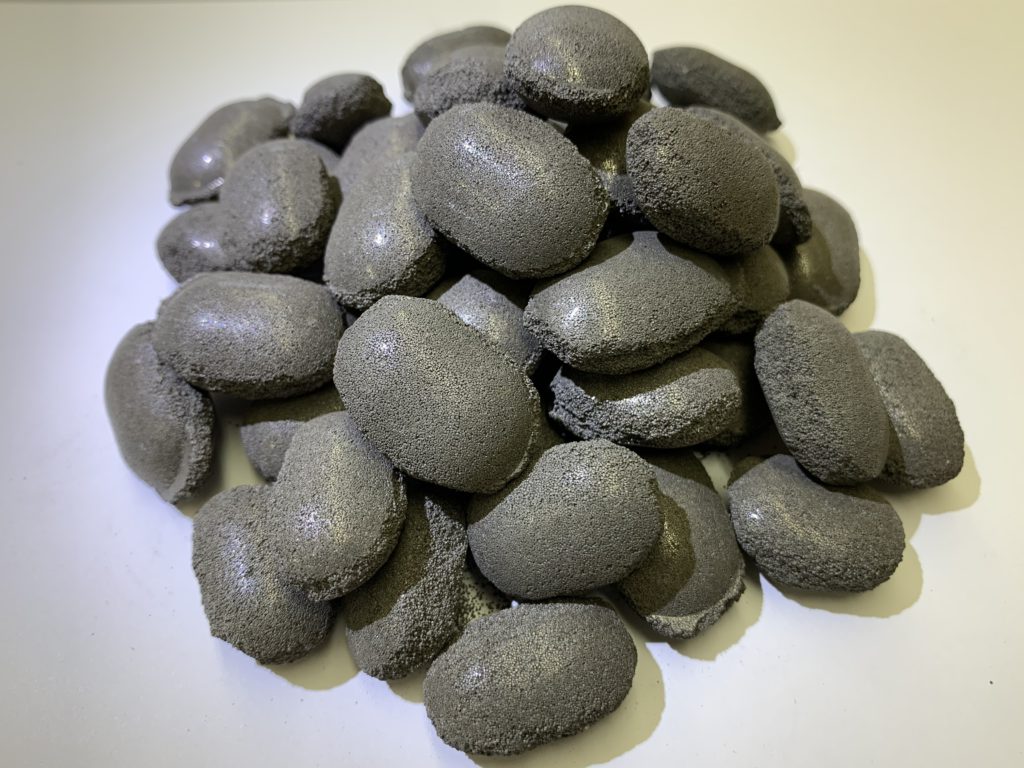China is the most likely candidate to first meet its entire demand for the three most important raw materials for batteries – lithium, cobalt and nickel – through recycling, new research has found.
According to a study by a team at the University of Münster, the race to achieve a complete circular economy for key battery metals will see Europe arriving in second and the US in third place.
In detail, the results show that China is expected to be able to employ recycling to meet its own demand for primary lithium for electric vehicles from 2059 onwards; in Europe and the US, this will not happen until after 2070.
When it comes to cobalt, recycling is expected to ensure that China will be able to meet its needs after 2045, at the earliest; in Europe, this will happen in 2052 and in the US not until 2056.
Finally, for nickel, China can probably meet demand through recycling in 2046 at the earliest, with Europe following in 2058 and the US from 2064 onwards, according to the report.
Although earlier research looked at the supply of recycled raw materials for batteries and the demand for them, it had not so far been clear when complete circularity would be achieved, with supply and demand being equal, which is known as the ‘break-even point.’
The Münster team also looked at the question of whether there are any possibilities of achieving equilibrium sooner than is predicted by current developments.
“Yes, there are,” head researcher Stephan von Delft said in a media statement. “Our research shows that, in particular, a faster rate of electrification in the automotive industry, as is currently being discussed in the EU, will play a role in the process. The reason is that the faster electric vehicles spread throughout the automotive market, the sooner there will be sufficient quantities of batteries available for recycling.”
von Delft and PhD student Jannis Wesselkämper also pointed out that the demand for raw materials could potentially be met much earlier by recycling as a result of a reduction in battery size and by avoiding the so-called ‘second life’ for batteries – for example as stationary storage units for solar power.
The researchers used a dynamic material flow analysis to calculate both future demand and the recyclable raw materials available. The database the team built incorporated data from current research work and market forecasts regarding developments in battery production and sales and the associated demand for raw materials.


